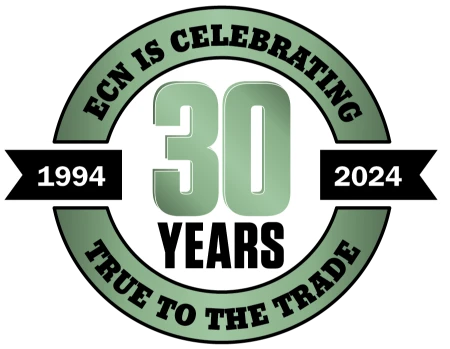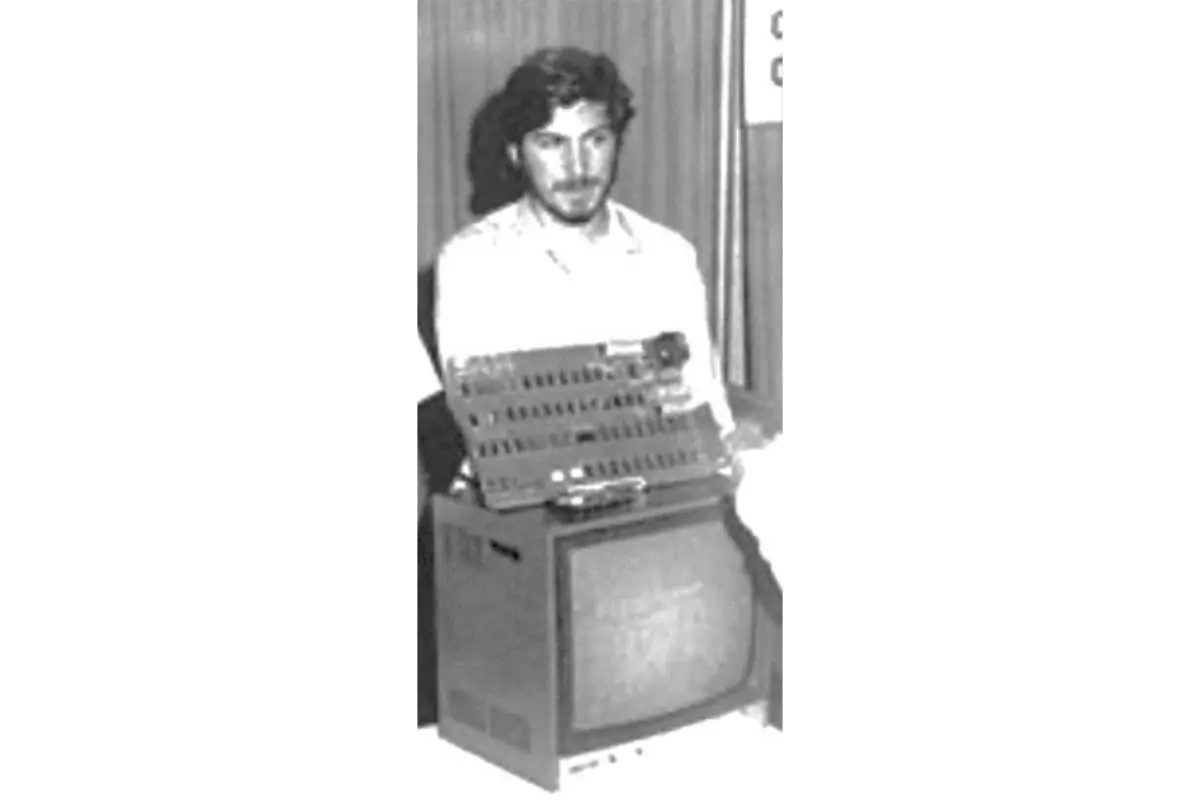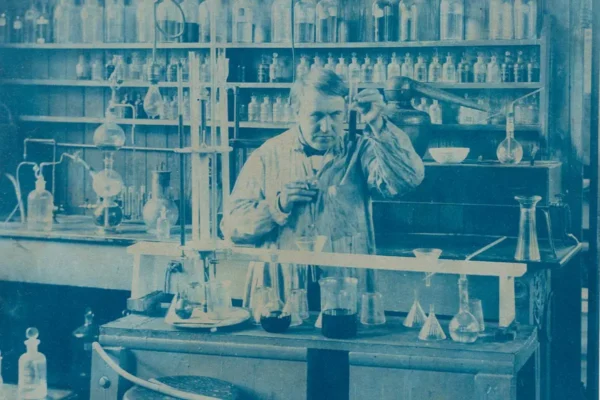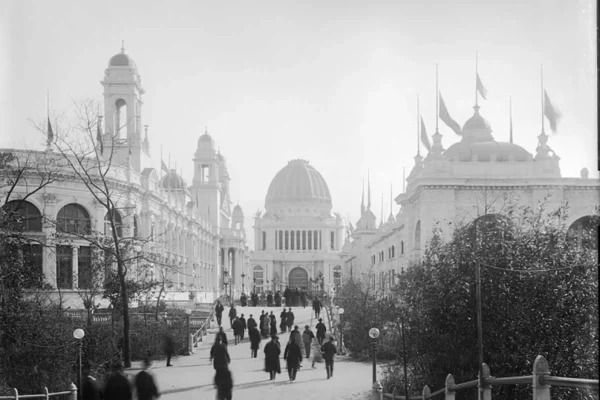The year: 1976. The location: Atlantic City.
Apple Inc. became the world’s first corporation with a market capitalization of one trillion dollars. That happened on August 2, 2018. But it didn’t start that way.
Steve Jobs and Steve Wozniak drew up a partnership agreement on April 1, 1976. At the time, they were working out of the Jobs family garage in Los Altos, CA. On January 1, 1977, Apple Computer, Inc. was incorporated and valued at $5,309. On December 12, 1980, they took the company public.
Nineteen days later, on December 31, the company was worth $1,790,000,000. (That is not a typo: that is $1.79 billion). How did this happen? It’s simple: they had an idea they believed in, and they created a product. Then they went to tradeshows and displayed that product.
Apple showcased their first “computer” on August 28, 1976, at the Personal Computer Festival in Atlantic City. They displayed a microprocessor system; it lacked an enclosure, keyboard and power source. Apple did not close a sale or write a single order at the show. Jobs walked the show floor and realized they would have to build a complete, ready-to-run machine.
The Apple II debuted at the First West Coast Computer Faire in San Francisco on April 17, 1977. Understanding the importance of marketing and wanting “a big launch”, Jobs secured a prime space at the front of the exhibit hall. The pipe and drape show had 175 booths and attracted 12,652 people over the two-day event. Apple was the only company with a hard-wall exhibit. Despite having just three working computers, Apple wrote 300 sales orders and will sell 2,500 units in the next eight months. In 1977, Apple’s revenue was $773,977. The company continued to exhibit at tradeshows and promote their product; their revenue increased tenfold in 1978, improved to $47.9 million in ’79, and was a staggering $117.9 million in 1980.
Apple helped launch the personal computer market, but they were not alone. Altair exhibited at the PC Festival in 1976. Commodore unveiled their PET at CES in 1977; Tandy displayed its TRS-80 that same year. IBM entered the PC market at Fall Comdex in 1981. The Commodore 64 debuted at CES in 1982. One thing these companies had in common was that after displaying their products at tradeshows, each company’s sales increased.
Tradeshows provide a platform for success. An invention or product is meaningless if no one knows about it. Tradeshows display products, generate sales and establish brands.
Tradeshows work.
























